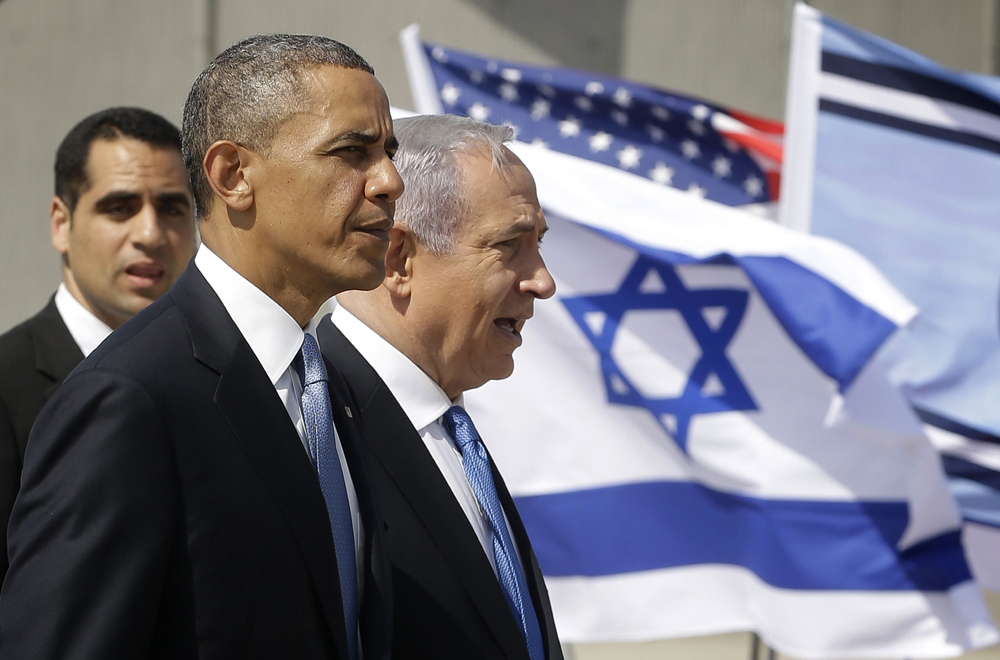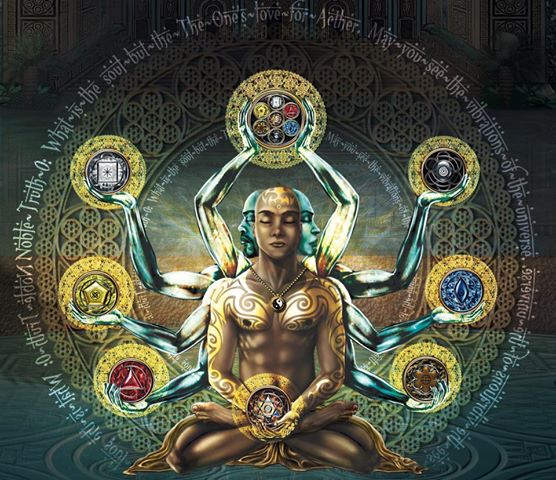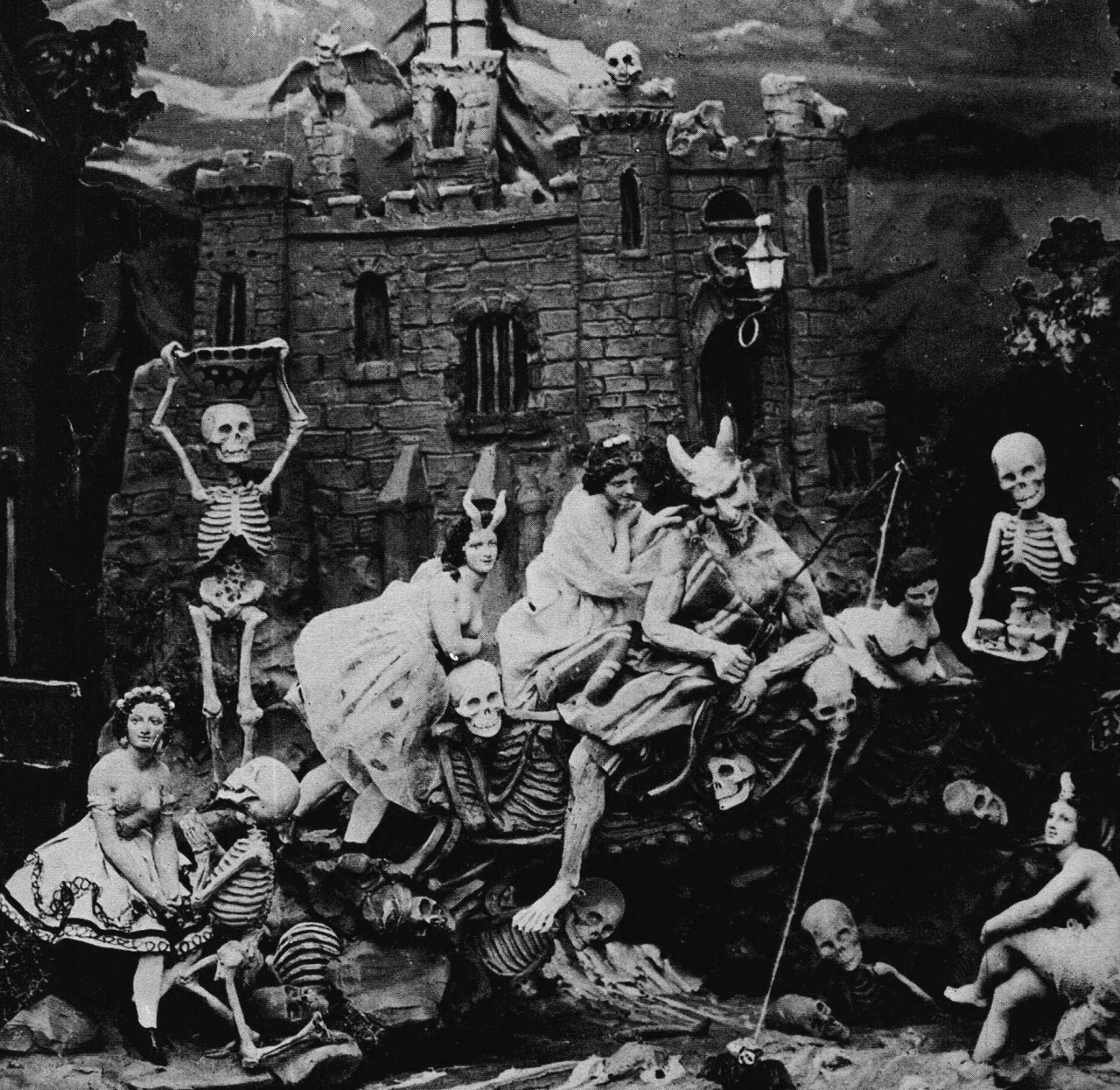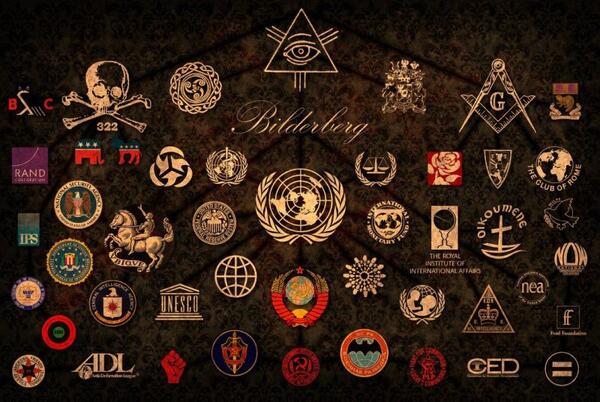The olive branch in Western culture, derived from the customs of Ancient Greece, symbolizes peace or victory and was worn by brides. The use of the olive as a symbol of peace dates at least to the fifth century BCE
PAINTINGS OR PICTURE IMAGES
On a medal of the Emperor Augustus, Peace holds in one hand a branch of olive, and in the other a lighted torch with which she has just fired a pile of martial trophies, indicative of the extinction of war.
The first peace badge, 1958, made in ceramic for the Campaign for Nuclear Disarmament by Eric Austen from Gerald Holtom’s original design.
Peace via the hand sign. Can we all give peace a chance?
An engraving from The London Magazine, January 1775, showing the Goddess of Peace bringing an olive branch to America and Britannia.
The intention of the ManWoman (yes, that is his name) is to regain the real meaning of the swastika, which was an ancient symbol for peace until the Nazis used it for their mischief. he wants to get a point across: swastikas are a sign of peace, not of killing Jews. ManWoman has taught many people that the swastika is a symbol for peace and he intends to spread peace and love whereever he goes
The peace flag flown from a balcony in Italy
Early Christian representation of baptism, Catacombs of Marcellinus and Peter, Rome, 3rd to 4th century CE, showing dove with branch.
Masonic Symbols.猶eace.
Amongst the most important doctrines of Masonry is that of the connection of Peace and Unity with Plenty. The Freemason is taught that it is by peaceful labour that he is to live, diligently carrying on whatever may his be proper occupation. And as in operative masonry, no work can be carried on without the combined labours of many, the benefit of unity is apparent. But so it is, likewise, in almost all the works in which men can engage. They cannot carry out their schemes unaided, but must secure the co-operation of others. Unity is strength in the family, in the nation, in the Masonic Brotherhood, in every association of men. Freemasonry, therefore, teaches and in many ways seeks to impress upon all the members of the Order, the importance of living in peace, even according to the apostolic rule, “As much as lieth in you, live peaceably with all men.” A good and worthy Freemason must be no brawler, he must not be contentious, nor given to strife.
Peace is represented in masonic symbolism as a matron holding forth ears of corn in her hand, crowned with leaves of olive, and laurel, and with roses. The matronly form and aspect are well suited to convey the ideas of dignity and calm happiness. The ears of corn are symbolical of plenty, and are held forth in the hand of the figure of peace, because plenty is the reward of peaceful labour, when brethren dwell together in unity, no one disturbing his neighbour or hindering him in his work, but each helpful to the rest. The crown of olive, laurel, and roses, is symbolical of the joy which peace diffuses. The leaves of the olive suggest the thought of its oil, as used for the anointing of the head. “Thou anointest my head with oil,” says David (Ps. xxiii. 5), recounting the abundant blessings which he had received from God. The ancients were accustomed to anoint the head profusely with oil upon all festive occasions. The leaves of the laurel suggest the idea of triumph, and remind us that a great victory is always won whenever peace is established, and wherever it is maintained; a victory more truly glorious than that of the warrior in the field of battle; a victory over the evil passions of the human heart. The roses are a fit symbol of joy. When peace prevails, men can take delight in those things which gratify the aesthetic taste, that love of the beautiful which has been implanted in us by God, to be the source of much pure enjoyment.
Another symbol of peace is the caduceus, or white staff, which, according to the custom of the ancients, was carried by ambassadors as an emblem of their office and purpose, when they went to treat of peace. It is unnecessary to add anything in explanation of this symbol. The reference to the ancient use of the caduceus is enough for this purpose.
SOURCE: Freemasonry: its symbolism, religious nature, and law of perfection By Izett Paton – 1873

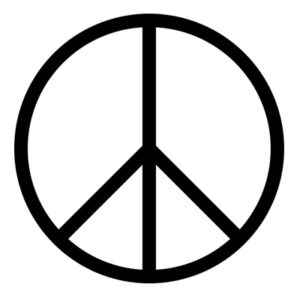
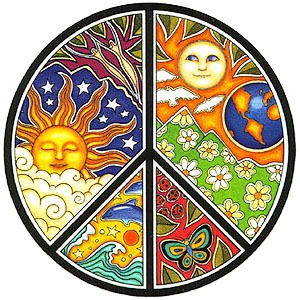
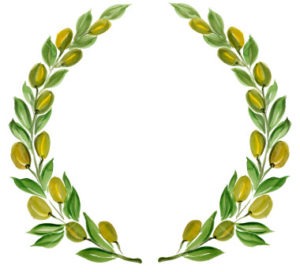
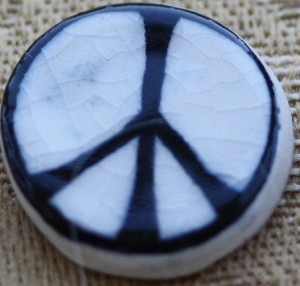

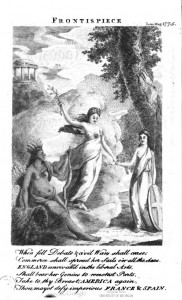


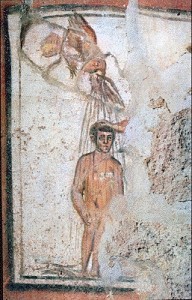
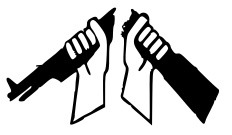
![How Bishop Theodore made peace between the kings Egfrid and Etheired [679 A. D.] | Book 4 | Chapter 21 How Bishop Theodore made peace between the kings Egfrid and Etheired [679 A. D.] | Book 4 | Chapter 21](https://www.gnosticwarrior.com/wp-content/plugins/contextual-related-posts/default.png)
